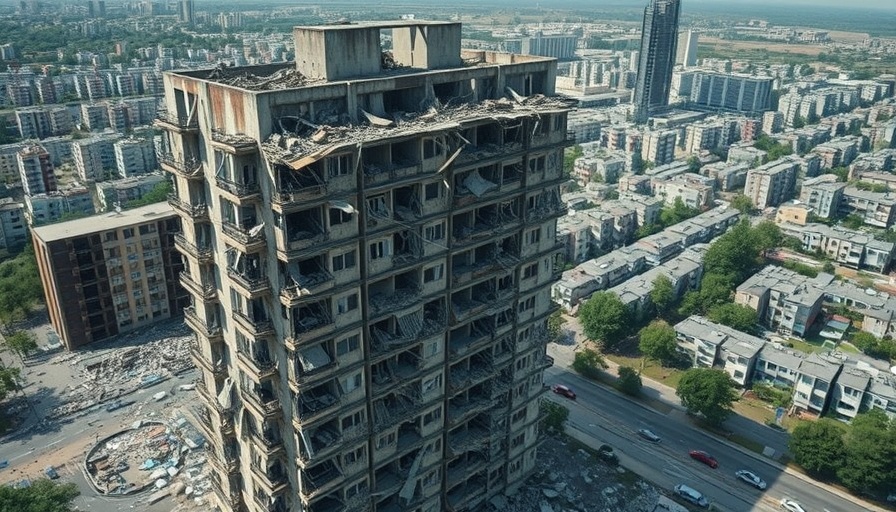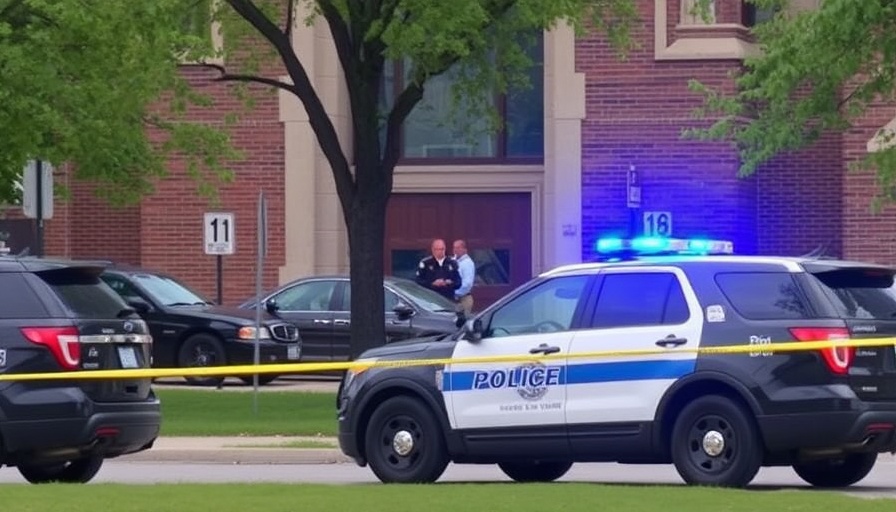
Understanding Ceasefires: A Fragile Peace
The declaration of a ceasefire in conflict zones often brings a moment of hope, a chance for reprieve from violence. However, such ceasefires that are hastily declared frequently lead to fragile peace, as historical contexts and the underlying dynamics of the conflict are often overlooked. Understanding why these agreements are delicate is crucial for policymakers and stakeholders engaged in international relations.
The Historical Context of Ceasefires
Historically, ceasefires have been used as tactical maneuvers rather than genuine steps towards resolution. For instance, in the Israel-Palestine conflict, past ceasefires often served more to regroup forces rather than to foster lasting peace. The violence tends to resume when the root causes of the conflict remain unaddressed, highlighting the importance of a comprehensive dialogue rather than mere temporary solutions.
What Makes Ceasefires Fragile?
Several factors contribute to the fragility of ceasefires: distrust among parties, lack of enforcement mechanisms, and the absence of inclusive negotiations. Without a strong commitment to a lasting peace and a framework to address underlying grievances, ceasefires can crumble at the first signs of renewed tension. Analytical perspectives suggest that unpredictable local dynamics can overshadow formal agreements, leading to a swift return to violence.
Lessons from Recent Conflicts
Examining recent conflicts like the Yemeni war and the Syrian civil war reveals striking similarities. Each featured ceasefires that faltered, primarily because parties continued their military activities under the guise of compliance. Such examples underline the necessity for sustainable resolutions that integrate all stakeholders, including civil society organizations, which are often excluded from negotiations but play a vital role in peace-building.
Future Predictions: Trends in Ceasefire Agreements
Looking ahead, the global community must prioritize more robust frameworks for ceasefires. The increasing complexity of conflicts, influenced by foreign interventions and geopolitical stakes, necessitates innovative approaches. Multi-track diplomacy, involving various stakeholders from government officials to local communities, can foster lasting agreements that address both immediate threats and long-term grievances.
Conclusion: A Path Forward
As the world continues to witness myriad conflicts, it is imperative for both international and local actors to approach ceasefires with the seriousness they deserve. Acknowledgment of their often fragile nature can inform better practices and policies, ensuring a more sustainable peace process. By investing in a comprehensive understanding of ceasefires, the global community can work towards preventing history from repeating itself and providing genuine hope for those affected by conflict.
 Add Row
Add Row  Add
Add 




Write A Comment